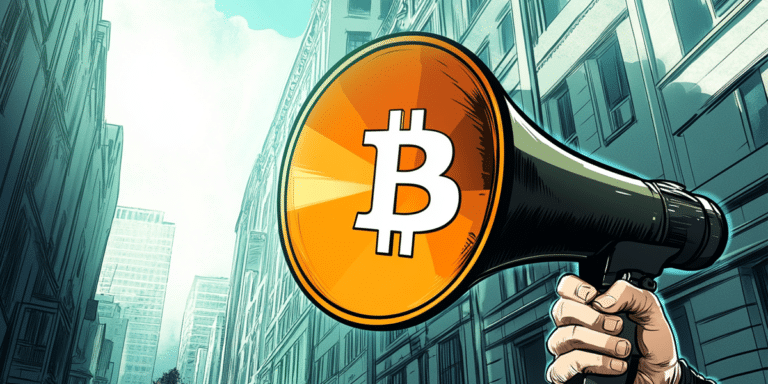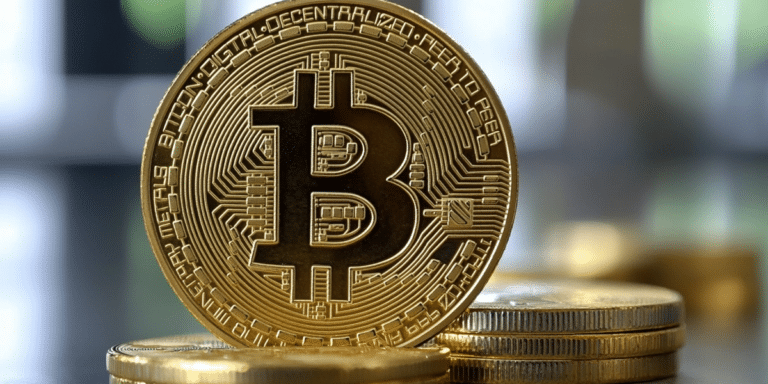Polygon Price Today
- Overall ranking: #
- Coin
Polygon Price (MATIC)
Market Cap
Market Capitalization is the overall value of all coins/tokens that have been mined or issued until now and are in circulation (not locked). It's similar to the stock markets' Free-Float Capitalization.
Market Capitalization = Circulating Supply x Current Price.
$643,460,550
10.66%
Fully Diluted Market Cap
FDMC is the Market Cap if the Maximum Supply of a coin/token was entirely in circulation.
FDMC = Max Supply x Current Price.
Note: if Maximum Supply is not available or limitless, Total Supply is used to calculate the value. FDMC will be undefined and marked as "--" if no form of Supply is available.
$3,362,242,787
10.66%
Trading Volume
$17,745,641
277.30%
Volume / Market Cap
0.0276
Circulating Supply
Publicly circulating amount of specific cryptocurrency coins/tokens that were mined or issued to date, and are not locked/staked (are available to be traded publicly).
Verified Data
Bitcoin project's Circulating Supply has been verified and is equal to:
Circulating Supply
Number
1,913,783,718.00 MATIC
Max Supply:
The absolute theoretical maximum number of coins/tokens that is coded and will ever exist in the cryptocurrency's lifetime. Similar to stock market's Fully Diluted Shares.
Note: Max Supply will be undefined and marked as "--" if project owners did not verify / provide any data.
--
Total Supply:
The quantity of all coins/tokens that have ever been issued (even if the coins are locked), minus all coins/tokens that have been removed from circulation (burned). The Total Supply is similar to stock market's Outstanding Shares
Total Supply = All Issued Coins - Burned Coins.
Note: Total Supply will be undefined and marked as "--" if project owners did not verify / provide any data.
1,913,783,718
Polygon (MATIC) to USD Chart
MATIC to USD Converter

Polygon
The current real-time Polygon price is $0.34 . MATIC price has plummeted by 10.66% in the last day and decreased by 20.11% in the last seven days. It’s important to note that the current Polygon market capitalization is $643,460,550. The maximum supply is coins, with a circulating supply of 1,913,783,718.00. MATIC is ranked in terms of market cap.
Polygon Explained
Polygon (MATIC) is a layer-2 scaling solution for the Ethereum network. Polygon benefits from Ethereum's decentralization and bustling ecosystem while providing much lower fees and a considerably higher throughput. As such, Polygon has become popular with developers seeking a more scalable alternative to Ethereum without wishing to lose its other characteristics.
Polkadot vastly increases Ethereum's scalability while enabling it to interact with other networks. Due to upgrades to the Ethereum network, demand for scaling solutions has diminished slightly. However, Polygon is uniquely positioned as the network introduces multi-chain support, similar to Polkadot, while enabling developers to create optimistic and ZK rollup chains.
Polygon (previously dubbed Matic network) was released in 2017 by co-founders Sandeep Nailwal, Jaynti Kanani, and Anurag Arjun. At the time, Ethereum was beginning to experience congestion and high fees due to many applications being built on the network; the co-founders created Polygon to solve this issue.
The Mechanics of Polygon
Polygon is a layer 2 Ethereum scaling solution that runs a customized version of Plasma, which enables the creation of an infinite number of side chains (mini copies of the Ethereum blockchain). However, the network uses its own token, MATIC, to pay transaction fees and reward people for staking Polygon to validate transactions.
As it utilizes Ethereum's underlying architecture, Polygon naturally uses the Proof-of-Stake (PoS) consensus mechanism to secure the network and validate transactions. People pledge MATIC tokens as collateral to validate transactions and earn rewards. People wishing to earn crypto staking rewards without participating in validating can delegate their holders to another user.
Polygon uses checkpointing to ensure the network remains organized and tied to Ethereum. The checkpoint system locks the network into a particular state after reaching a certain staking threshold, which can prevent long-range attacks involving seizing a large portion of staked MATIC to maliciously reorganize the network.
What Makes Polygon Unique
Polygon enables developers to create scalable optimistic rollups, ZK rollups, and stand-alone chains. Polygon offers Zero Knowledge Ethereum Virtual Machine (zkEVM) technology that allows developers to quickly transfer applications from Ethereum to Polygon to benefit from reduced transaction costs and fast settlement times.
A significant advantage of Polygon is its scalability compared to Ethereum. Transactions on the Polygon network cost approximately $0.015 and settle in just 3 seconds, making it much faster than the network it's paired with. Through its use of checkpointing and other technologies, Polygon has achieved over 190 transactions per second on the mainnet.
Sustainability
Energy usage, carbon output, and sustainability have all been topics of contention within the cryptocurrency space. Many networks are woefully inefficient, leading to excess energy consumption. However, Polygon has committed to becoming carbon neutral by purchasing large sums of carbon credits to offset the network's emissions.
Polygon Price History
Investors could first gain exposure to Polygon during its 2019 Initial Exchange Offering (IEO) hosted on the Binance Launchpad, which saw MATIC sold for $0.00263. Based on today's prices, early investors would enjoy 195x returns if they purchased during the IEO.
Following on from its IEO to its official launch, MATIC tokens sold for around $0.004418 and slowly rose to around $0.0195 by late 2020 as investors began to stumble upon Polygon.
Amid the 2021 bull market and Polygon forming partnerships with projects like Decentraland, MATIC surged. Despite some significant volatility, the asset eventually hit an all-time high of $2.7275 in December. However, MATIC crashed over the following months, falling as low as $0.3466 in June 2022.
MATIC was highly volatile in 2023, regularly rising to around $1.20 before crashing around 60% to approximately $0.50. While MATIC had a solid start to 2024, hitting $1.27 in March, it has fallen and trades at $0.34 today.
Share text copied successfully!

 Share
Share 
 Website
Website  Explorers
Explorers  Community
Community  Source Code
Source Code  Website
Website 


